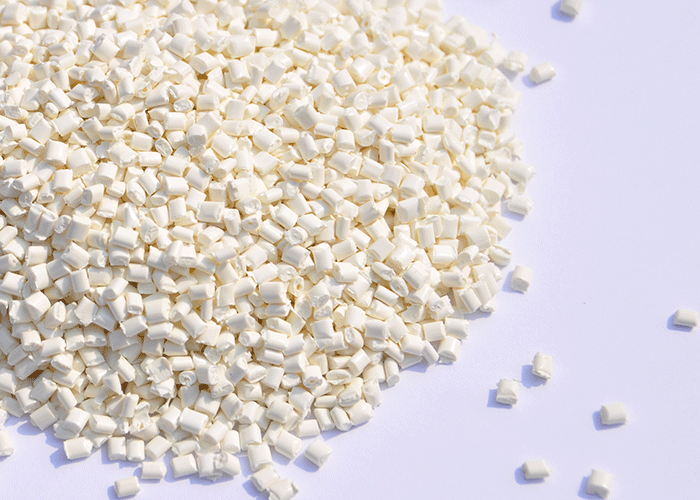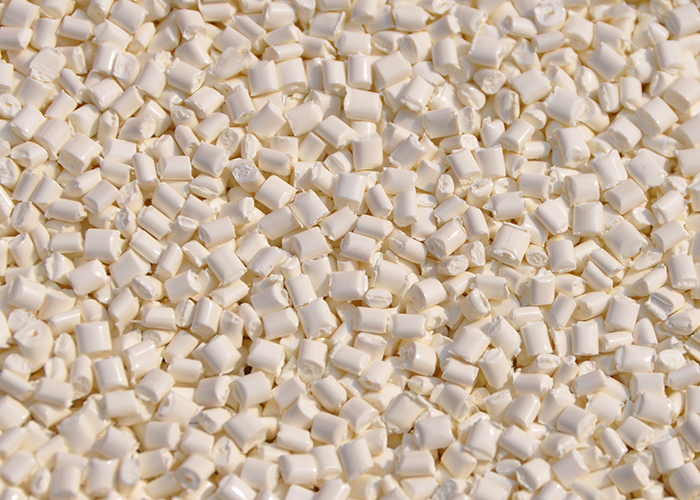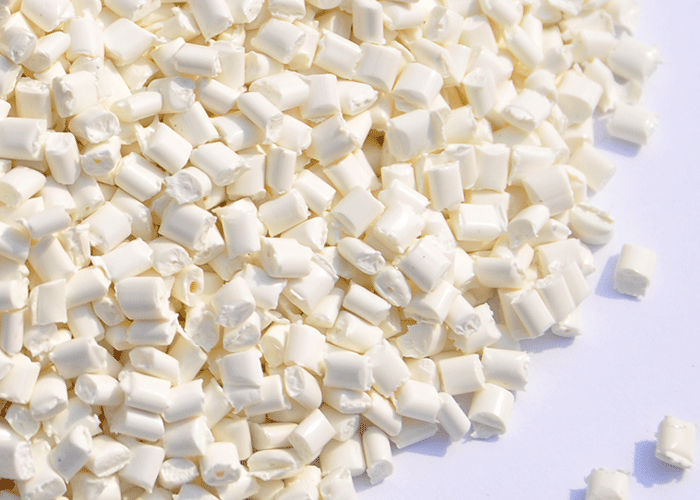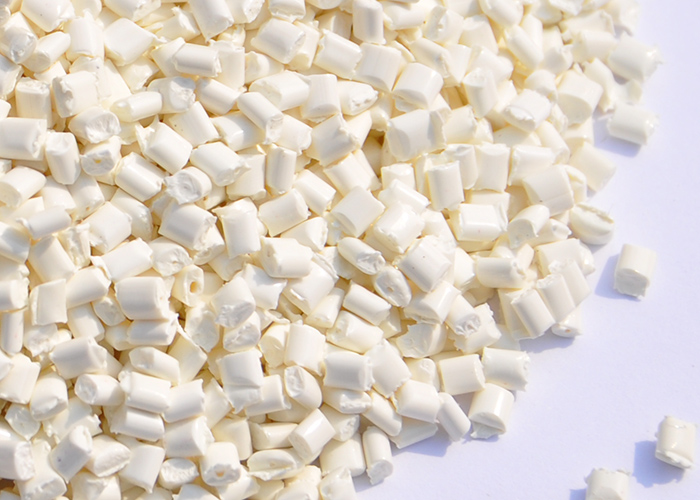- Plastic industry development situation analysis!
- Key steps for Polyester masterbatch!
- Analysis of the coloring principle of Polyester masterbatch !
- Supply and demand of the plastics industry!
- What are the main raw materials used in polyester masterbatch?
- From January to August 2024, the production of plastic products industry!

- Tel: 0086-13705451607
- Fax: 0086-0535-8719999
- Email: lkhc668@sohu.com
- Add: East Heping, High-tech Zone, Longkou City, Shandong Province
Key steps for Polyester masterbatch!
The production process of Polyester masterbatch mainly includes the following key steps:
First, raw material preparation
Polyester resin: Select the polyester resin that meets the requirements of the product, and ensure that its color and quality are stable and no foreign matter. The selection and proportion of polyester resin will directly affect the performance and quality of the masterbatch.
Pigments: Choose high quality, stable pigments to ensure bright and long-lasting colors. The type and amount of pigment is adjusted according to the desired masterbatch color.
Additives: According to the need to add flow AIDS, forming AIDS, etc., to improve the processing performance of the color masterbatch and the performance of the final product.
Second, pigment pretreatment
Pigments usually need to be pre-treated before they are used to produce polyester masterbatches. This includes the grinding, dispersion and stabilization of the pigment to ensure that the pigment particles are small, uniform, and have good dispersion and stability.
Third, mixing and melting
Mixing: The pre-treated pigment is mixed with polyester resin in a certain proportion. This step is usually carried out in an automatic mixer to ensure an accurate and even proportion of the mixture.
Melting: Put the mixed material into the extruder, melt the polyester resin through high temperature and high pressure, and the pigment particles are evenly dispersed in the molten resin.
Extrusion and granulation
The molten material is extruded through the die of the extruder to form a continuous strip of material. Then, by adding water to cool, drawing, grinding and other processes, the strip material is cut into various specifications of the required Polyester masterbatch.
5. Quality inspection
Quality inspection is an important step in the process of producing Polyester masterbatch. Through quality testing equipment and manual inspection of the sample, the detection indicators include appearance, chroma, gray, melt flow rate, etc., to ensure stable and reliable product quality.
6. Packaging and storage
Quality tested Polyester masterbatches need to be packaged to prevent contamination or damage during storage and transportation. The packing materials should be moisture-proof, dust-proof, and damage-proof, and ensure that the packing is well sealed. When storing, the polyester masterbatch should be stored in a dry, ventilated, light-free environment to avoid high temperature and humidity.
Longkou Huacai Plastic Industry Co., Ltd is a modern industrial enterprise integrating technology, production and sales with strong technical strength, advanced equipment and vigor. Specializing in the production of polypropylene masterbatch, polyamide masterbatch, polyester masterbatch, non-woven fabric masterbatch, plastic masterbatch, functional masterbatch, modified plastics, etc., can be widely used in chemical fiber, non-woven fabric, injection molding, blow molding, extrusion and other industries.
- Key steps for Polyester masterbatch!
- Plastic industry development situation analysis!
- Analysis of the coloring principle of Polyester masterbatch !
- Supply and demand of the plastics industry!
- What are the main raw materials used in polyester masterbatch?
- From January to August 2024, the production of plastic products industry!
- About polyester color masterbatch read this article is enough!
- China's plastic products industry to maintain a steady development trend!
- What are the application areas of polypropylene masterbatch?
- In September 2024, the domestic production of plastic products was 7.493 million tons!



